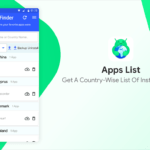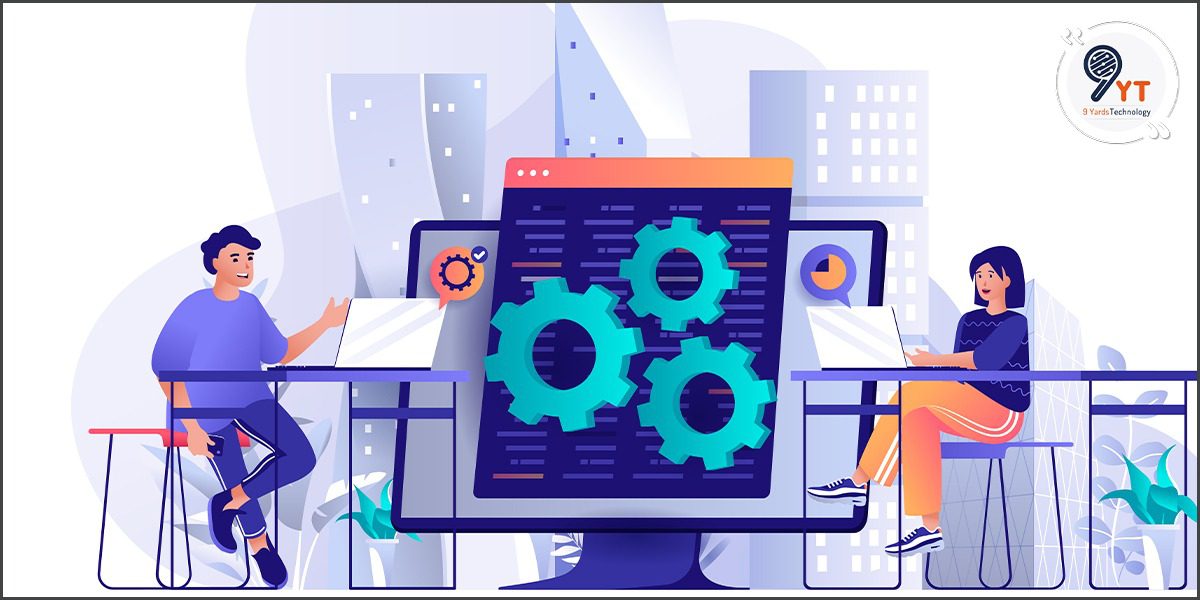
Have you ever imagined why some companies thrive in the competitive economy while others fade away? The answer is straightforward – these companies have gained a stronghold over their customer experience that has resulted in great sales and revenue – through the strategic use of software development. They have accounts of happy and contented customers who keep coming for upgrades or application modernization with custom needs.
Through this blog, we will look at how customer experience is driving software development and application delivery.
Helpful Read: What Businesses Get Wrong About Custom Software Development
Is Customer Experience Driving Software Development?
Customer experience simply means how a business pursues engagement with its customers across every touchpoint across the customer journey. This engagement includes how customers are using company’s products and services, how they like and feel about those products and services, and above all the company’s overall impact on their daily lives.
When developing customer-centric applications or software, the end user’s overall feedback is crucial for the next stages of development. Customers today are very much familiar with the options available to them. They want a consistent and thorough experience with the brands they follow and the products they use, which puts an unwavering focus on technology at the center of these experiences.
The Four Key Principles of Modern Software/Application Delivery
In the age of digital transformation, customer sets at the heart of each process. While it is true that Agile and DevOps enable smooth software development and delivery, that is not an end in itself. However, the goal for modern application delivery is to live up to customer expectations through advanced digital capabilities. And these four key principles which are important in the development journey, bind application delivery teams to accelerate and make decisive improvements in a way that is centered on customer’s need and wants.

Customer Obsession
[PM1] [TA2] Customer obsession means a 360-degree shift in how we think about engaging customers and establishing relationships with them. Companies should leverage best software development practices that allow them to listen to their customers and establish visual consistency across all touchpoints. Anticipating customers’ needs and wants is crucial to consistently enhance the customer experience. David Zwirner, an American art gallery, for example, is a classic example of transitioning from tactile selling to digital experience where art speaks for itself.
Ease of use and speed are the major factors to foster loyalty among customers. So, for companies, it is important to work closely with UI/UX teams to move software development in this direction.
Let the Customer Drive the Force
User feedback is instrumental to become customer-led organizations as customers fast switching between the options available to them. Brands should capture high-quality user interaction data that can help teams involved in software development understand customer behavior and expectations. It’s indispensable to move towards Agile practices to iterate quickly to meet continuously evolving customer needs – today’s customers don’t like waiting and expect fixes in the spur of the moment.
These times, pushing out updates or releases is not a biannual thing. In fact, it is an everyday activity to keep them updated for a better experience. And no doubt, this process helps teams to keep users engaged at the most impactful times.
Shift from Data-Rich to Insights- Driven
It is easy to fall into the trap of vanity metrics. For instance, it doesn’t matter whether an application has got millions of users if most of them are unhappy using it. The best approach would be insight-driven that helps teams understand customer behavior in the real world. People use a product or application when they find it worthy and useful for them. Think about the source of this unique value. What does the data collected really mean? What does it show about customer level interaction with the brand? Such insights are the key drivers of development of new features and implementing continuous improvements.
Always consider a measured approach to know and understand what customers wants. Customer Data Platforms (CDPs), for example, is an insights-driven tool to get ahead of evolving customer expectations to thrive in the digital transformation era.
Align Organization around the Customer
Customer experience matters and that is why it is important for technology leaders to collaborate effectively with C- Suite leaders on a singular vision i.e., attract and retain customers. For example, the CMO and CIO should work in tandem to facilitate marketing function which is a crucial aspect in customer engagement. Next, IT department needs to take forward this vision through technology implementation and digital capabilities.
CTOs must ensure that the whole team is well-versed with Agile practices in order to experiment and innovate. They should leverage DevOps to improve IT efficiency. And this collaborative mindset should work towards delighting the customer.
Effective Software Development Leads to Measurable Results Definitely
Positive emotions play a key role in fostering customer loyalty- says Cliff Condon, Chief Research Officer at Forrester.
For example, digital retail customers who feel valued with the experience they get shows 92% of them stay with the brand and 88% look forward to more spending.
Forrester also found that better customer experience not just boosts revenue but revs up stock prices as well. The research company has a powerful CX index that companies can leverage to measure their performance in this specific area.
Wrapping Up
As customer demands evolve, customer-centric brands should evolve too. Companies should leverage cutting-edge technologies like DevOps and AI, use Agile methodologies for greater collaboration towards strong customer-focused vision. With the right mindset and breakthrough innovation, teams can develop effective software that builds a strong foundation for amazing customer experiences and long-term brand loyalty.
About the Author
Paul Miser is the Chief Strategy Officer of Icreon, a digital solutions agency and Acceleration Studio. He is also the author of Digital Transformation: The Infinite Loop – Building Experience Brands for the Journey Economy.








